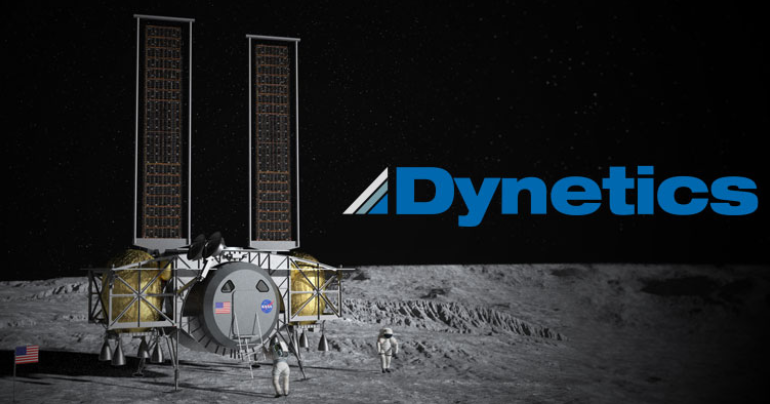[Yellow Hammer News] Huntsville-based Dynetics on Wednesday announced that the company has submitted its proposal for Option A of the Human Landing System (HLS) for NASA’s Artemis Program, which aims to return Americans to the surface of the moon by 2024 and eventually take the first humans to Mars.
The Rocket City company, which is a wholly-owned subsidiary of Leidos, was named last year as one of three prime contractors awarded a contract to design a HLS and compete to build the system that ultimately is used in Artemis. Blue Origin and SpaceX were the other two prime contractors awarded contracts.
As of Wednesday, the Dynetics team has also completed the HLS Continuation Review, a critical milestone during the 10-month base period, which NASA will use to assess progress on HLS hardware development and program plans.
At the Continuation Review, Dynetics reportedly provided details to NASA on its early design efforts, mission plans and its hardware and software build as well as test activities that demonstrate tangible, robust advancement towards NASA’s mission objectives.
Dynetics is currently performing tests of its main engines simultaneously at its propulsion test site and at NASA’s Marshall Space Flight Center, both of which are located in Huntsville. This collaboration uses Dynetics’ and NASA’s expertise in oxygen/methane propulsion at their facilities. These tests provide data on the performance and stability of the engines to improve final designs before qualification.
Dynetics has conducted tests of its smaller reaction control system engines at its own facilities, gradually progressing through more challenging and flight-like test conditions.
The company also continues to utilize a low-fidelity hardware test article and has recently added a low-fidelity software test article (or “simulator”), provided by Draper Laboratory. The new simulator component enables early human-in-the-loop testing of the Dynetics HLS guidance, navigation and control software.
“Our team is making great progress on our system design and analysis, hardware development, and testing. The incredible volume of technical data and outstanding products delivered to date speak to the power of the swift, yet rigorous, engineering approach with which the team has executed,” stated Kim Doering, vice president of space systems at Dynetics. “We believe this body of work lays a solid foundation for our crew-centric, sustainable solution to become NASA’s choice for safe human transportation to and from the lunar surface.”
Dynetics as prime contractor leads a global team of industry-recognized experts with human spaceflight and hardware/software experience directly applicable to the HLS. All members have made significant contributions to the team’s progress to date, a Wednesday release noted.
Decatur rocket builder United Launch Alliance (ULA) is one of these partners and subcontractors, as is Tuskegee University. This continues the theme of Artemis being driven by Alabama.
The Dynetics HLS can be fully integrated and launched on the Space Launch System (SLS) Block 1B vehicle, which is the world’s most powerful rocket ever that will be the centerpiece of Artemis. Boeing is the lead contractor for the SLS core stage, with the company’s Huntsville-based Space and Launch division managing that SLS work.
For commercial launches, the Dynetics HLS can be flown aboard ULA’s Vulcan Centaur rocket, which is built in Decatur.
On Wednesday, Dynetics added that its HLS team will continue with the subsystem- and system-level design reviews and critical technology demonstrations as it awaits NASA’s Option A selection decision in early 2021.
NASA’s HLS program is managed out of Marshall Space Flight Center.

